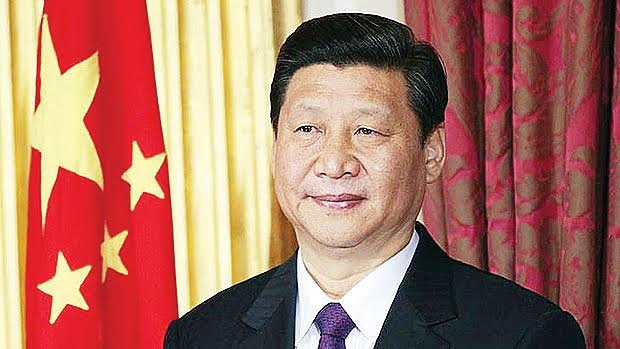Spain and China: Rising threats to regional tuna stocks
THE harbour in Suva’s capital is dotted with boats – long line fishing vessels flying the Chinese flag – tied up for months, waiting for the right time. More than 50 boats at any one time are either berthed alongside the wharf in various stages of bunkering or lashed to each other off-shore awaiting the movement of tuna stocks or an upward shift in fish prices.
In effect this is a forward operating base of the Chinese fleet and the extension of China’s push into the region which it considers to be part of the New Silk Road. President Xi Jinping told Pacific leaders during a State visit to Fiji this year that his country recognised the abundance of resources in the region and how these could contribute to bilateral wealth.
This maritime road cuts from east to west from Papua New Guinea to the Cook Islands – a vast expanse of ocean from which the world’s fishing fleet pulls some three million tonnes of fish a year. Most Chinese boats receive government fuel subsidies, allowing them to operate more efficiently and with a huge advantage over their competitors.
Some of those vessels operate under the flags of small Pacific states but receive home subsidies in return for providing their catch to Chinese mother ships which process the fish on the high seas. Since 2012 it is estimated that China introduced more than 100 new boats into the Pacific albacore long line sector, posing a direct threat to local fleets and putting some out of business.
